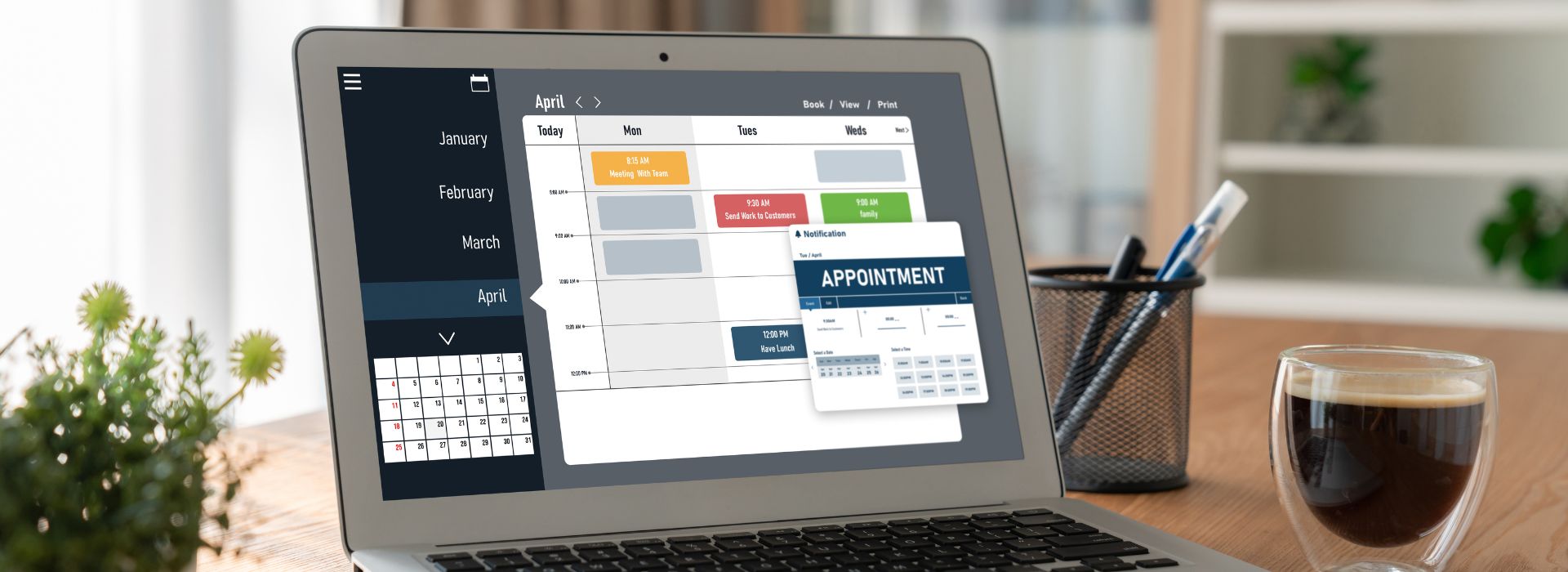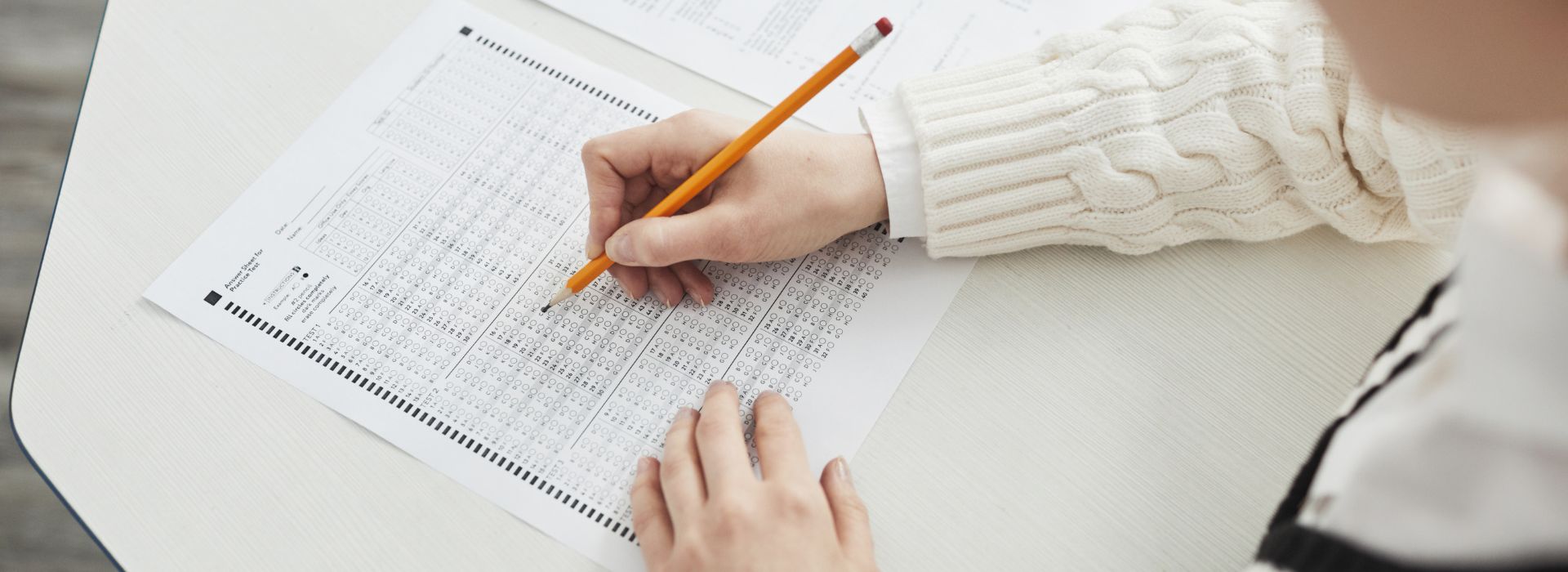Estimated reading time: 13 minutes
Zones of Regulation has strategies that can improve your child’s emotional and mental status. A framework of carefully crafted lessons and resources, educators and parents use it to advance the children’s self-regulatory abilities.
What are Zones of Regulation?
And such are emotions that even we as adults find hard at times to grapple with them. Then imagine what a child has to deal with emotionally and mentally in today’s world. It is a scary thought how a negative feeling can have long-term consequences on the child’s psyche.
It has been observed that children, in several instances, are unable to self-regulate and tend to exhibit:
- Tantrums and outbursts
- Inattention
- Abusive behaviour
- Refusal to participate/ be active
That is where the Zones of Regulation come in handy. Created by Leah Kuypers, M.A. ED, OTR/L, the Zones of Regulation is a complete social-emotional learning curriculum that teaches children self-regulation and emotional control.
It’s often taught in school or therapy settings, but parents can also use and teach the Zones of Regulation at home. Implementing Zones of Regulation strategies with resources across different environments increases the program’s success.
Leah’s amazing work is called The Zones of Regulation: A Curriculum Designed to Foster Self-Regulation and Emotional Control. The curriculum is designed as an easy-to-use regulation framework. It teaches strategies for handling emotions and sensory needs. The target group is children aged 4 and above. With its foundation in cognitive behavioural therapy, this framework employs four colours to assist children in identifying how they are feeling at the moment. Their energy, emotions, and level of alertness are coded through a coloured system. Such a method guides them to metacognitive strategies and tools to support regulation.
The children are taught to comprehend how to read their physical actions, detect triggers, contemplate the social context, and evaluate their reactions. Such a practice increases their ability to regulate their emotions, manage their sensory needs, and become more self-aware and skilful problem solvers. Printable activities, PDFs and resources are part of the Zones of Regulation curriculum.
Zones of Regulation Learning Objectives
The learning objectives aim to equip children to use various methods and tools to manage their feelings and behaviour. Each child is unique, yet each faces overwhelming emotions.
The goals of the Zones of Regulation are to teach children to:
- recognise their feelings and the levels of alertness
- develop constructive regulation tools to manage emotions
- learn when and how to use the tools
- manage problem-solving and give positive solutions
- understand how their behaviours influence thoughts and feelings
- develop self-regulation
How do you teach Zones of Regulation?
Based on the cognitive behaviour approach, the Zones of Regulation gives students the skills and knowledge to identify when they are in a particular ‘zone’. Adults can also use the Zones of Regulation. A colour represents each Zone. Human emotions have been categorised into 4 Zones of Regulation for easy understanding. Since emotions can have varying intensities, energy and sizes, they form the base of classifying the feelings.
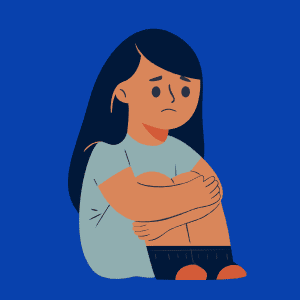
Blue Zone
these include any feelings related to low energy or when you are feeling down: bored, sick/unwell, exhausted.
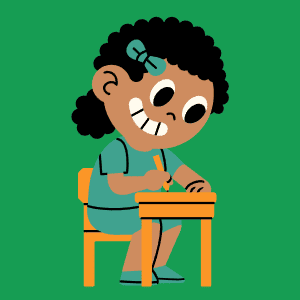
Green Zone
is all about calmness and the feeling of being in control. It signifies an attitude that is focused and attentive. This Zone is considered the optimal Zone for learning. A student is ready for learning when in this Zone.
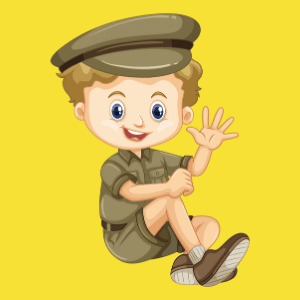
Yellow Zone
signifies extra energy and a higher ever burst of emotions but in a controlled state. For example, a child can be in this Zone when the child is feeling anxious, nervous, excited or stressed.
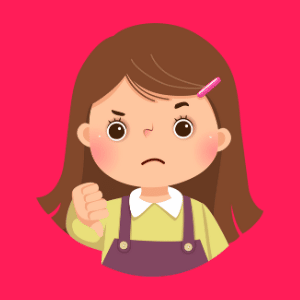
Red Zone
is akin to intense emotions and an extremely high energy level. For example, a child is in the Red Zone when the child feels angry, terrified, out of control, and devastated.
14 Zones of Regulation Activities
As a teacher or a parent, you can develop many Regulation activities and resources that are creative, fun, and get the message across to the children. Edulyte has a few suggestions that have been tried and tested in our classrooms.
Which Zone is this?
Images from the internet and magazines are shown to the students. They must identify which Zone the images belong to and suggest ways to deal with the emotion.
How do I calm down?
Children get to draw to show activities they take up when they get agitated and angry. It is interesting as children use their motor and cognitive skills to express themselves and give you an insight into their personalities.
Role play for Self Control
Children are handed out printable cards with different situations mentioned on them. The children then get to play out their reactions to the situation mentioned on the Zones of Regulation card. Most of the situations are the ones that might trigger a strong response from them. So this is an excellent way for them to respond sensibly to different scenarios.
Create a Safe Corner
Allocate a place in the class where students can move to if they feel overwhelmed and cannot manage their emotions. Place Zones of Regulation posters and charts in such a corner. Also, post strategies a student can use to regulate emotions.
Choice Map
Create a map related to different choices a student regularly makes and the possible results of those choices. Going through them can enable the students to understand that every action has consequences.
My Emotions Checklist
Have Zones of Regulation printable checklists ready that can be passed around. Mention different emotions in them. Children can tick mark the emotions they feel throughout the day.
Guess the emotions
Show children popular animations like Inside Out, The Incredibles (2004) – IMDb, and Kung Fu Panda movies and ask them to point out the emotions that they identify with in the animations. Children feel connected to the characters in animation, which pushes them to pay attention to the types of emotions they feel.
Identify your triggers
The teacher will create a Zones of Regulation trigger chart with appropriate images. For example, triggers can include arguments with friends/siblings, a phobia or a fear, and bad marks on a test. Then students are given a chance to identify their triggers.
I know your emotions!
A highly interactive activity in which students are encouraged to write down when one of their classmates, preferably their friend, depicts strong emotions. The students can be made to sit next to the person they have written about and discuss their observations.
Class Period Reaction List
Such a Zone of Regulation tool can help teachers track how the students feel about the various subjects. It can also help identify the children’s behaviour at different parts of the day. It can be helpful for the teacher and the children to know about their studies and learning difficulties.
Meditate to start your class
Meditation can relax the body and mind. Encourage students to meditate before the start of a class. It will calm them down and give them better control over their feelings,
Is my problem big or small?
Such an activity helps the child understand that not every issue should get a strong reaction from the child. Help the children categorise their problems as teeny weeny, small, medium, big, ginormous, and motivate them to discuss the kind of reaction they deserve.
Mood Cards
The students can make their mood cards and raise one if they are experiencing any of those moods in the class.
Moods Board Game
It is an easy Zones of Regulation board game, and its printables are available online. Children can roll a dice to move on the board, and depending on the mood they land upon, they share what had triggered it recently and how they dealt with it.
Mood Charades
A fun and interactive way for the students to exhibit actions and expressions associated with a mood while the others try to guess the moods.
Benefits of Zones of Regulation
Though developed for children facing social learning challenges, these Zones of Regulation are useful for all children and adults. It provides a common language and compassionate curriculum for positive mental health and skill development. Each child has specific social, emotional, and behavioural needs, and the Zones of Regulation cater to those requirements.
The Zones of Regulation strategies aid in classifying our feelings and state of alertness in a systematic approach so that we can identify them, figure out how we feel in different situations and handle our emotions well. Students can build skills in emotional and sensory regulation. The framework focuses on helping students move towards self-regulation while respecting each student and their unique self.
Social Thinking® Methodology concepts are integrated into the curriculum so that students become skilful problem solvers and sensitive to others’ intense feelings and thoughts. The goal is also for the children to identify a situation’s social context. All of this helps individuals in regulating themself from time to time.
The Zones support mental and SEL (social/emotional learning) for all and works as an inclusion strategy for all learners with varied learning needs. They also shift the school environment towards a healthy skill development centre. Schools in Australia implementing Zones of Regulation can see an increase in students and staff’s efficacy in SEL.
Conclusion
Making your child emotionally strong and mentally calm is an important aim of every parent and teacher. With its resources and lesson plans, the Zones of Regulation curriculum can be a boon for us to achieve our goal. Moreover, the children and society as a whole will gain from such a plan of behavioural evolution.
Similar Blogs
Learning lessons, study tips, career guides and much more!
How to Integrate Google Calendar with Edulyte
Estimated reading time: 4 minutes Stay Organised and Never Miss an Event While Edulyte offers an intuitive built-in calendar to manage your classes, events, and appointments,…
Creating Personality Quizzes for Brand Awareness
Estimated reading time: 6 minutes Introduction Personality quizzes? What’s the hype? In our digitally run lives, personality quizzes have become a mainstay. From entertainment to insight…
Frequently Asked Questions
Leah Kuypers, MA Ed., OTR/L is the creator and author of, The Zones of Regulation (Think Social Publishing, 2011). It is a framework crafted to teach self-regulation to individuals.
Human emotions have been categorised into 4 Zones of Regulation for easy understanding. Since emotions can have varying intensities, energy and sizes, they form the base of classifying the feelings. Emotions have been allotted colours so that children can easily relate to them.
Blue Zone: these include any feelings related to low energy or when you are feeling down: bored, sick/unwell, exhausted
Green Zone: is all about calmness and the feeling of being in control. It signifies an attitude that is focused and attentive. This Zone is considered the optimal Zone of learning, and a student is ready for learning when in this Zone.
Yellow Zone: signifies extra energy and a higher ever of emotions but in a controlled state. For example, a child can be in this Zone when the child is feeling anxious, nervous, excited or stressed.
Red Zone: is akin to intense emotions and an extremely high energy level. For example, a child is in the Red Zone when the child feels angry, terrified, out of control, and devastated.
The goals of the Zones of Regulation are to teach children to:
Identify their feelings and levels of alertness
Develop constructive regulation tools to manage emotions
Learn when and how to use the tools
Manage problem-solving and give positive solutions
Understand how their behaviours influence thoughts and feelings
Develop self-regulation
Human emotions have been categorised into 4 Zones of Regulation for easy understanding. Since emotions can have varying intensities, energy and sizes, they form the base of classifying the feelings. Emotions have been allotted colours so that children can easily relate to them.
It is meant to be for children of and above the age of 4. But these Zones can be beneficial for adults to help them understand their feelings and handle them better.
The Zones of Regulation curriculum is divided into 18 lessons to facilitate its implementation in the classrooms by the teachers.
Red Zone is considered the category for extreme emotions and high energy levels. For example, a child is in the Red Zone when the child feels angry, terrified, out of control, and devastated.
Yes, it is. The Zones of Regulation is a curriculum based on the classification f human emotions into four categories of colours. In this way, children self-identify how they’re feeling and categorise it based on colour. The curriculum fosters self-awareness regarding emotions, sensory needs and thinking behaviour.
Yes, it is. The Zones of Regulation is a curriculum based around using four colours to help children self-identify how they’re feeling and categorise it based on colour. The curriculum aids the children in recognising their emotions and sensory needs, and thinking patterns. It provides toolkits to facilitate such a development among children
As per the Zones of Regulation, these are the 4 awareness zones that individual experiences:
Blue zone. Sad, sick, tired, bored. u0022Downu0022 emotions.
Green zone. Calm, focused, happy, and in control.
Yellow Zone. Intensified emotions with self-control
Red Zone. Intense, overwhelming emotions.
It is the Red Zone which contains the feeling of being scared. Other feelings in this Zone are anger, yelling/hitting/being abusive, and out-of-control behaviour.
The Blue Zone signifies an individual feeling bored, tired or sick. The energy level is low, and the state is that of being lethargic or sluggish.
If you feel embarrassed, you are definitely in the Yellow Zone. Other states of mind in the Yellow Zone are feeling silly, nervous, excited, and confused.
Being annoyed means Yellow Zone. This Zone is when the body/mind starts losing control. Other emotions can include anxiety, stress, annoyance, frustration, and nervousness.
The Zones of Regulation is an internationally-renowned intervention system that assists children in managing strong and complex emotions through self-regulation and self-awareness.
It is an approach used to support the development of self-regulation in children. All the different emotions the children feel, and the states of alertness they experience are classified into four coloured zones. Children who comprehend their feelings can manage them well.
These Zones work the same way at home as they do in the classrooms. By helping your child to learn to classify the child’s emotions and state of alertness, you can also identify the child’s trigger points and work with the child to control tantrums and emotional outbursts. In such a way, you will enable the child to move towards self-regulation regarding emotions.
Yellow Zone behaviour includes a heightened state of emotions when you begin losing control. The sentiments included in this Zone are nervous, excitement, annoyance, anxiety, and stress.
The Blue Zone of Regulation identifies with low energy and includes being bored, sick dull, and lethargic.
Being confused features in the Yellow Zone where you are starting to lose some control.
Yes, they can be used for adults. Even though teachers and parents employ them, it over arches to age groups beyond children.
The colour scheme can introduce the Zone of Regulation to the children. Therefore, we advise you to familiarise them with the colours and emotions they signify through interactive activities.
Yes. The Zones of Regulation is a social-emotional learning curriculum designed to teach children self-regulation and emotional control.
Indeed! The Zones of Regulation is based on evidence and has shown positive, measurable outcomes across multiple studies and applications in clinical practice and school-based settings (Zones Research u0026 Scholarly Articles Spreadsheet).
The Zones of Regulation curriculum employs a cognitive behavioural approach so that the student can build self-regulation skills. Its effectiveness can be seen in Zones Research u0026 Scholarly Articles Spreadsheet.
To teach your child self-regulation, you must follow it yourself. You can do that through the steps mentioned.
Stay calm when they are not
Think before you act
Paying attention to them and avoiding getting distraction
Staying focused on their goals
Adapting to changes in their environment and behaviour
Cooperating with them

